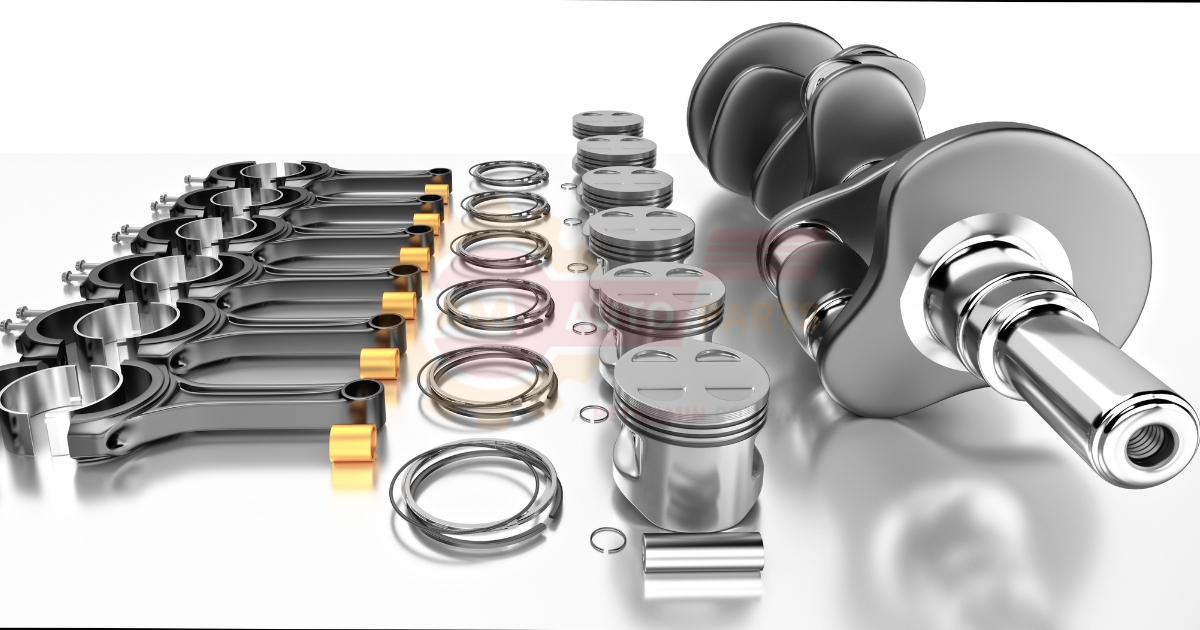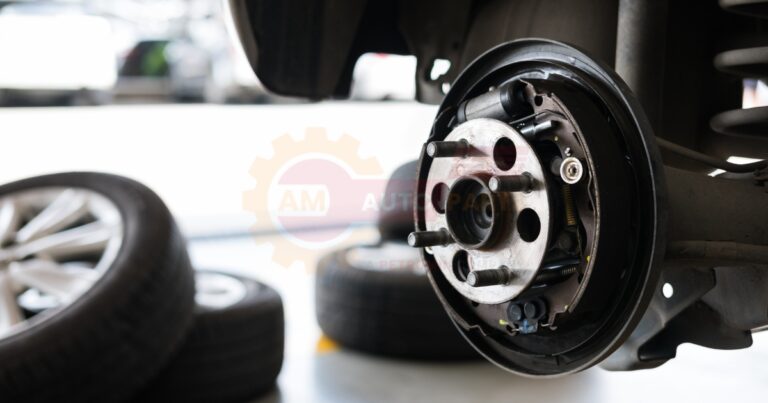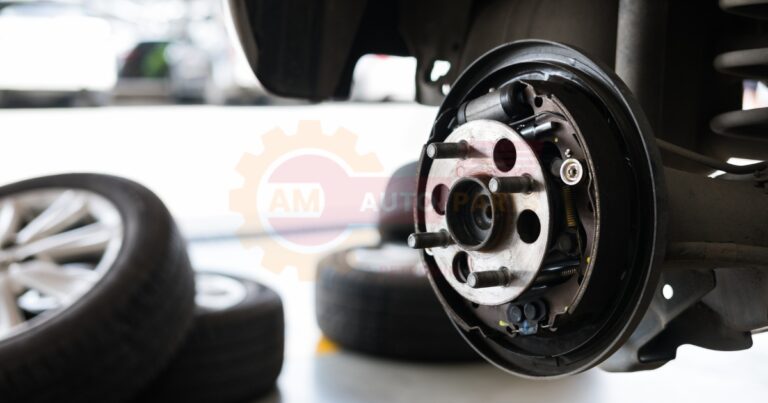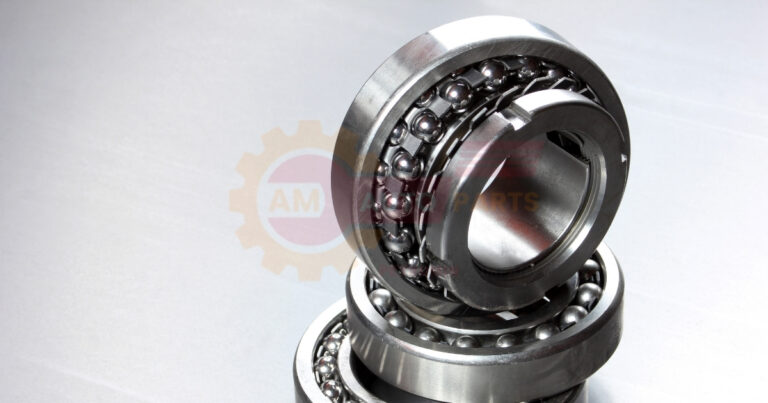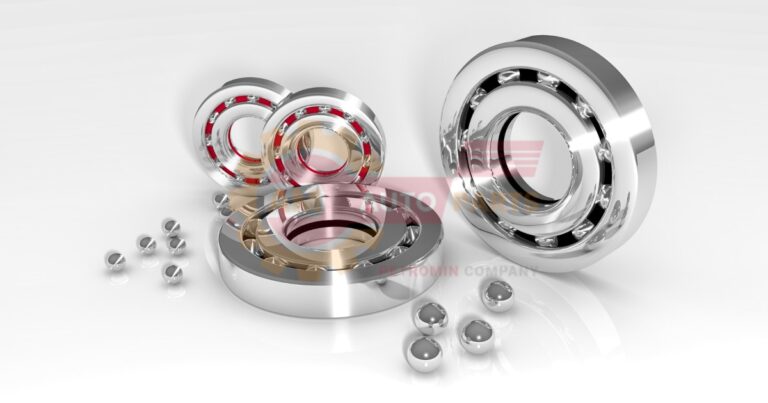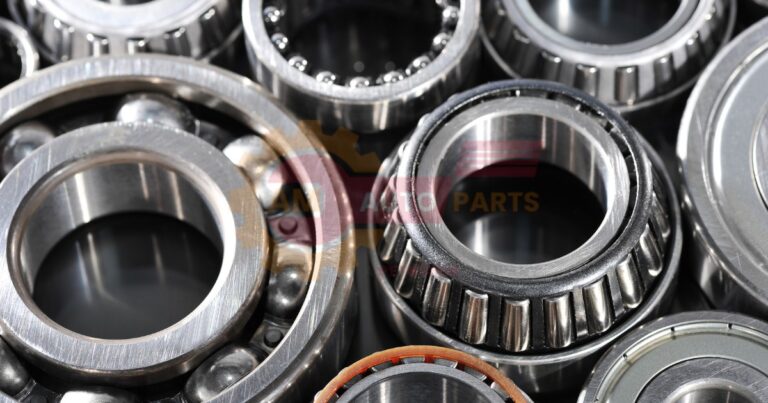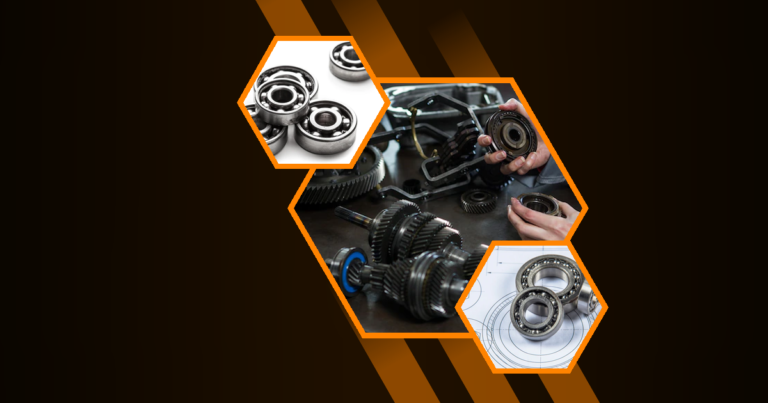When it comes to engine performance, the bearings crankshaft plays a pivotal role. These components ensure the smooth operation of the crankshaft, which is crucial for the engine’s overall functionality. In this comprehensive guide, we will delve into the various types of bearings used in crankshafts, their materials, maintenance, common issues, and much more.
Types of Bearings Used in Crankshafts
Plain Bearings
Plain bearings, also known as journal bearings, are the most commonly used type in crankshafts. They consist of a simple design with no moving parts, which makes them highly reliable.
- Advantages :
- Simple design
- High load-carrying capacity
- Low maintenance
Roller Bearings
Roller bearings use cylindrical rollers to maintain the separation between the moving parts of the crankshaft. They are known for their ability to handle heavy radial loads.
- Advantages :
- High radial load capacity
- Reduced friction
- Long lifespan
Ball Bearings
Ball bearings use spherical balls to maintain the separation between the bearing races. They are typically used in high-speed applications due to their low friction.
- Advantages :
- Low friction
- High-speed capability
- Versatile applications
Why Plain Bearings are Preferred for Crankshafts
Load Distribution
Plain bearings excel in distributing loads evenly across the crankshaft, which minimizes wear and tear. This even distribution is crucial for maintaining the longevity of the engine components.
- Benefits :
- Reduced wear
- Enhanced durability
- Improved engine performance
Noise Reduction
One of the significant advantages of plain bearings is their ability to reduce noise. Their simple design and lack of moving parts contribute to quieter engine operation.
- Benefits :
- Quieter engine
- Smoother operation
- Enhanced driving experience
Cost-Effectiveness
Plain bearings are generally more cost-effective compared to other types of bearings. Their simple design and ease of manufacturing contribute to lower production costs.
- Benefits :
- Lower production costs
- Affordable maintenance
- Cost savings for manufacturers
Crankshaft Bearing Materials 
Babbitt
Babbitt is a soft, white metal alloy commonly used in plain bearings. It provides excellent conformability and embeddability, making it ideal for crankshaft applications.
- Properties :
- High conformability
- Good embeddability
- Low friction
Aluminum
Aluminum bearings are known for their lightweight and excellent thermal conductivity. They are often used in high-performance engines where weight reduction is crucial.
- Properties :
- Lightweight
- High thermal conductivity
- Corrosion resistance
Copper-Lead
Copper-lead bearings offer high load-carrying capacity and excellent fatigue resistance. They are suitable for heavy-duty applications where durability is essential.
- Properties :
- High load capacity
- Excellent fatigue resistance
- Durable
Maintaining Crankshaft Bearings
Regular Inspection
Regular inspection of crankshaft bearings is essential to ensure their optimal performance. This involves checking for signs of wear, misalignment, and contamination.
- Steps :
- Visual inspection
- Measuring clearances
- Checking for contamination
Proper Lubrication
Proper lubrication is crucial for the longevity of crankshaft bearings. It reduces friction and wear, ensuring smooth operation.
- Steps :
- Use recommended lubricants
- Regularly check oil levels
- Replace oil filters
Replacement Intervals
Replacing crankshaft bearings at regular intervals is essential to prevent engine failure. The replacement interval depends on the engine type and usage conditions.
- Guidelines :
- Follow manufacturer recommendations
- Monitor engine performance
- Replace bearings if signs of wear are detected
Common Issues with Crankshaft Bearings
Wear and Tear
Wear and tear are common issues with crankshaft bearings, especially in high-mileage engines. Regular maintenance can help mitigate these issues.
- Symptoms :
- Increased engine noise
- Reduced performance
- Metal shavings in oil
Misalignment
Misalignment of crankshaft bearings can lead to uneven wear and potential engine damage. It is crucial to address misalignment issues promptly.
- Symptoms :
- Vibration
- Uneven wear patterns
- Engine knocking
Contamination
Contamination of crankshaft bearings can occur due to dirt, debris, or metal particles in the oil. Proper filtration and regular oil changes can prevent contamination.
- Symptoms :
- Abrasive wear
- Reduced bearing life
- Engine damage
Crankshaft Bearing Installation Process
Preparation
Proper preparation is crucial for the successful installation of crankshaft bearings. This involves cleaning the crankshaft and bearing surfaces and ensuring all necessary tools are available.
- Steps :
- Clean crankshaft and bearing surfaces
- Gather necessary tools
- Ensure proper lighting and workspace
Removal of Old Bearings
Removing old bearings requires precision to avoid damaging the crankshaft. Specialized tools are often used to extract the bearings without causing harm.
- Steps :
- Use bearing pullers
- Avoid damaging the crankshaft
- Inspect crankshaft for damage
Installation of New Bearings
Installing new bearings involves carefully placing them in the correct position and ensuring proper alignment. Lubrication is also essential during this process.
- Steps :
- Align bearings correctly
- Apply lubrication
- Secure bearings in place
Importance of Proper Bearing Clearance 
Measuring Bearing Clearance
Measuring bearing clearance is essential to ensure the proper functioning of crankshaft bearings. Incorrect clearance can lead to excessive wear and potential engine failure.
- Steps :
- Use a micrometer or plastigage
- Measure clearance at multiple points
- Compare with manufacturer specifications
Adjusting Clearance
If the bearing clearance is not within the recommended range, adjustments may be necessary. This can involve replacing bearings or machining the crankshaft.
- Steps :
- Identify the cause of incorrect clearance
- Replace bearings if necessary
- Machine crankshaft if required
Advancements in Crankshaft Bearing Technology
Coatings and Surface Treatments
Advancements in coatings and surface treatments have significantly improved the performance and durability of crankshaft bearings. These treatments reduce friction and enhance wear resistance.
- Benefits :
- Reduced friction
- Enhanced wear resistance
- Improved performance
Improved Materials
The development of improved materials has led to more durable and efficient crankshaft bearings. These materials offer better load-carrying capacity and resistance to fatigue.
- Benefits :
- Higher load capacity
- Better fatigue resistance
- Longer lifespan
Choosing the Right Crankshaft Bearings for Your Engine
Engine Type Considerations
Choosing the right crankshaft bearings depends on the type of engine and its specific requirements. Factors such as load capacity, speed, and operating conditions must be considered.
- Factors :
- Load capacity
- Speed requirements
- Operating conditions
Performance Requirements
Performance requirements play a crucial role in selecting the appropriate crankshaft bearings. High-performance engines may require specialized bearings to handle increased loads and speeds.
- Factors :
- High load capacity
- Low friction
- Durability
According to the National Highway Traffic Safety Administration (NHTSA), engine mechanical failures account for approximately 2% of all vehicle crashes in the United States. This statistic underscores the importance of maintaining and choosing the right crankshaft bearings for optimal engine performance.
By understanding the various types of crankshaft bearings, their materials, and maintenance practices, you can ensure the longevity and efficiency of your engine. Regular inspections, proper lubrication, and timely replacements are key to preventing common issues and ensuring smooth engine operation.
Frequently Asked Questions (FAQs)
What are the signs of worn crankshaft bearings?
Signs of worn crankshaft bearings include increased engine noise, reduced oil pressure, and metal shavings in the oil. Addressing these signs promptly can prevent further engine damage. Automotive bearing components help car parts move smoothly These special pieces reduce friction in engines and wheels Wheel bearing expense is the cost of replacing worn-out bearings in your car’s wheels These parts help your wheels spin smoothly and need to be changed when they get old or damaged
Motor maintenance techniques Keep motors clean and lubricated check for loose parts and replace worn components regularly Wheel components explained Wheels have different parts like the rim hub spokes and tire that work together to help vehicles move smoothly on the road
Car Wheel Count Most cars have four wheels attached to help them move smoothly on roads
How long do crankshaft bearings typically last?
Crankshaft bearings typically last between 100,000 to 150,000 miles, depending on the engine type and maintenance practices. Regular maintenance and proper lubrication can extend their lifespan.
Can you replace crankshaft bearings without removing the engine?
Yes, it is possible to replace crankshaft bearings without removing the engine in some cases. This process is known as an in-situ bearing replacement. However, it requires specialized tools and expertise to ensure proper installation and alignment.
